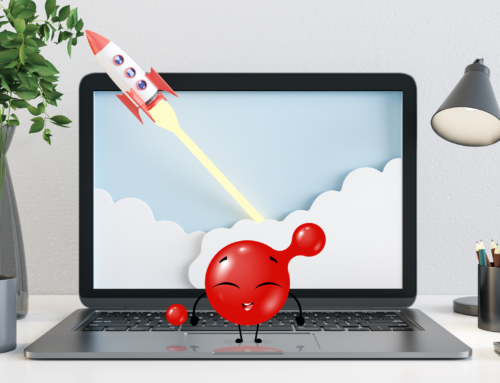One of the most visible technological developments in the relatively immediate future will be in IoT. The real boom in the Internet of Things will coincide with the start of the rollout of 5G networks, specially designed to support a huge network of small connected devices. In this regard, the consultancy firm Gartner has just published a report in which it analyses the future of the network and highlights the ten areas in which it predicts the greatest development. These are the main areas of growth for the Internet of Things:
Security
A new device connected to the internet is, by definition, a new (potentially open) door for criminals operating on the network. Risks include device spoofing —an IoT version of the security camera image swapping device for a previously made recording—; or so-called denial-of-sleep attacks designed to prevent the device from entering sleep mode and thus causing its battery to drain quickly.
Analytics
A basic reading of the Internet of Things is millions of devices taking and receiving data. And while much of it is directly related to real-time decision making —like the sensor in a car that detects if it is raining and automatically activates the windscreen wipers—, this monstrous volume of data in the age of Big Data can be worth its weight in gold.
Device management
Maintenance, status monitoring, software and firmware updates, repairs, etc… Managing a network of a few dozen computers may seem laborious. But it must be no big deal compared to taking responsibility for hundreds and hundreds of devices that may be spread over a very, very large area.
Short-range, low-power networks
Like the office Wi-Fi network, but with some singularities, especially those related to the optimisation of its range and coverage. This aspect has a very direct impact on the battery consumption of the devices connected to it. Managing these networks, in some cases combining different solutions already designed for this purpose, is undoubtedly a professional challenge that only those who dream of network topologies will be able —and will want— to undertake.
Low-power Wide Area Networks (WANs)
The counterpoint to the previous section. To speak of a wide-area, low-power network is to refer, for example, to tens or hundreds of devices scattered across a province, the whole country or, why not, the whole world. Current networks —4G and earlier— do not offer the right conditions for this scenario. But until the arrival of 5G, which does have IoT in its DNA, the deployment of devices over very large areas that cannot be covered by proprietary wireless networks is a challenge. Some standards are already emerging, such as Narrowband IoT (NB-IoT), which are worth paying very, very close attention to.
Processors
A huge network designed for device connectivity is useless if there are no devices specially designed for it. The optimisation of hardware for the Internet of Things inevitably involves the design of processors and SoCs (System on Chip) specially designed for this purpose, and which are sustained by very low power consumption and all possible improvements in relation to connectivity. The emergence of SBC (Single Board Computer) systems such as Raspberry Pi is a big step in this direction. But everything points to the fact that there is still a long way to go in this respect, both in terms of price and optimisation.
Operating systems
The vast majority of existing operating systems are not remotely the best choice for Internet of Things devices. And while manufacturers like Microsoft are taking steps like bringing Windows 10 to Raspberry Pi, the truth is that operating systems designed from the ground up for these devices are still needed. They need to be highly modular, lightweight. In addition, they have to be designed to be part of a very large structure, while being able to work autonomously.
Data transmission process (streaming)
One of the use cases that will be very common in the Internet of Things is that of devices capturing a large volume of data that must be analysed in real time, from security sensors to telemetry systems. To cover these needs, Distributed Stream Computing Platforms (DSCPs) emerged a few years ago. These are networks of systems that distribute the processing load in order to accelerate the extraction of results as much as possible. These are becoming particularly important and could soon become one of the fundamental elements of the IoT.
Platforms
One of the areas where Internet growth can be expected to be strongest is for companies and professionals to offer a bundle. This would include everything necessary for their customers to have an infrastructure of connected devices at their service.
In this respect, Gartner sees three main areas:
- Integral management of devices.
- Management systems for the information generated by this own infrastructure.
- Development of all the software tools necessary to work with this data.
Standards and ecosystems
As standards are established, as well as the means by which they are related to each other, giving rise to the IoT ecosystem, there will be needs related to the development of these means. APIs (Application Programming Interfaces) are a clear example. APIs will be essential both to enable many developers to join the list of Internet of Things stakeholders, and to facilitate interoperability. Without interoperability, without the means for any device to talk on any network and to any other device, the result would not be the Internet of Things but a bunch of scattered systems only loosely connected to each other.
Undoubtedly, we are facing a new paradigm in the sector that poses endless challenges and opportunities yet to be discovered. At Esferize we are passionate about facing new situations every day in order to offer solutions tailored to the needs of each client. Special thanks to the team of professionals that make up our R&D&I department.





